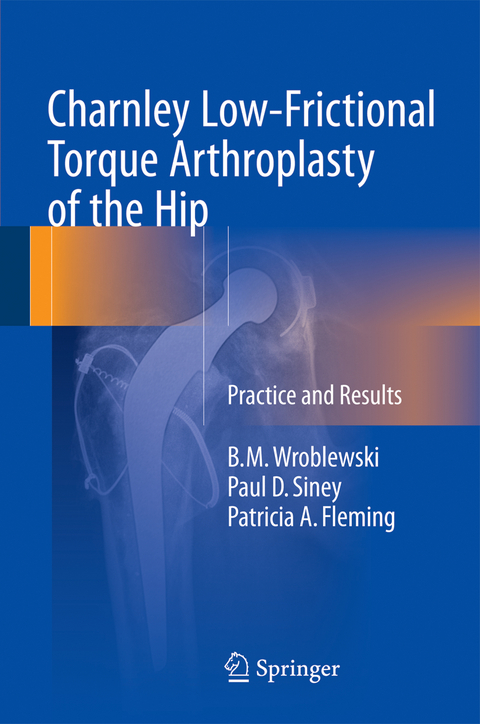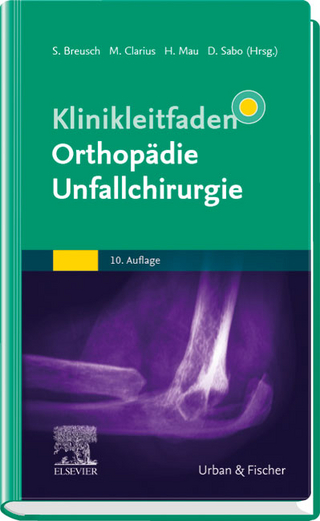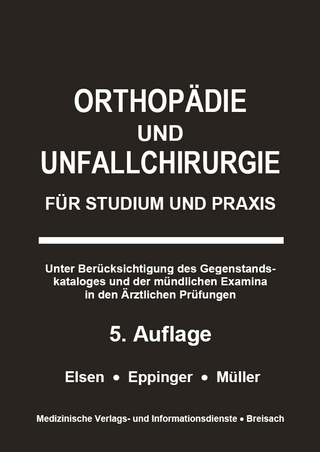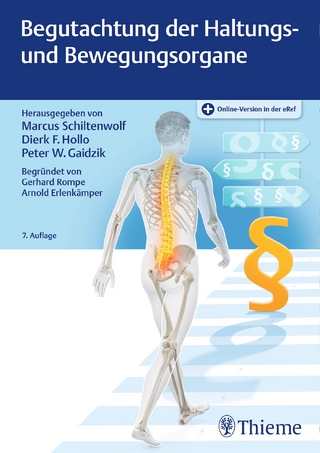
Charnley Low-Frictional Torque Arthroplasty of the Hip
Springer International Publishing (Verlag)
978-3-319-21319-4 (ISBN)
This book reviews the principles and concepts underlying Professor Sir John Charnley's original work Low Friction Arthroplasty of the Hip: Theory and Practice (Springer, 1979) in the light of more extensive clinical experience with results, incidence and indications for revisions highlighted throughout.
The studies, combined with the examination of explanted components carried out with the backing of Universities, indicate the avenues for further research and the development and introduction of new ideas into clinical practice. The time span (1962 - 2015) involved has allowed a number of these very long-term studies not only to be brought to conclusion, but has given the benefit of their clinical application with meaningful results.
This is not a sudden diversion into new and speculative areas of hip replacement surgery. It is a carefully collected, documented and executed work of the evolution of the Charnley low-frictional torque arthroplasty of the hip based on sound principles, supported by long-term studies with benefits derived.
Part 1- General.- The concept of total hip arthroplasty: The beginning.- Arthroplasty of the hip - A new operation - From low friction to low frictional torque.- Statements, comments and lessons from the past.- Ultra High Molecular Weight Polyethylene as the material for the cup.- Acrylic Cement.- A new surgical science.- Long-term follow-up - the "First 500".- Clinical Results.- Clinical assessment.- The long-term results of low-friction arthroplasty of the hip performed as a primary intervention.- Radiographic assessment of the osteoarthritic hip.- Exposure of the Hip Joint.- Trochanteric osteotomy.- Instrument Tray System.- Post-operative length of hospital stay.- Part 2- Infection. - Deep Infection.- Deep infection: Establishing the incidence.- Deep Infection: Theatre Gowns.- Deep Infection: The role of Acrylic cement.- Antibiotic containing acrylic cement ACAC.- Leaching out from Acrylic cement.- Antibiotic containing cement spacers.- Patients at risk for deep infection.- Urethral instrumentation after LFA.- Late haematogenous infection.- Management of deep infection.- Part 3- Dislocation.- Dislocation.- Revision for recurrent or irreducible dislocation.- Revision for dislocation: Survivorship analysis.- Trocanteric Osteotomy and Dislocation.- Design of components, range of movement. impingement, dislocation.- Increasing the range of movements, putting off impingement.- Head size, range of movements, impingement, dislocation and cup loosening.- Part 4- Cup.- Bone-cement interface: The Cup - radiographic appearances.- Clinical results, radiographic appearances, histological findings.- The Charnley Acetabular cup.- Part 5- Wear.- Wear of the UHMWPE cup.- Factors affecting wear of the UHMWPE cup.- Factors affecting wear: Patient activity level.- Wear of UHMWPE Cup, endosteal cavitation and component loosening.- Comparison of direct and radiographic wear measurements.- Penetration of UHMWPE cup, Wear or creep.- Part 6- Stem.- Trochanteric osteotomy, trochanteric non-union and revision for dislocation.- Loosening of components.- Stem design and fixation.- Patterns of failure of stem fixation.- Leg over-lengthening after total hip arthroplasty. Identification of patients at risk.- Matt surface finish of the Charnley stem.- Dislocation and Fracture of the Stem.- Changes of stem design: 1968 - 1976.- Total hip arthroplasty: a foreign body bursa.- Total hip replacement - patterns of load transfer.- Position of the stem within the medullary canal.- Part 7- Clinical Results and Follow-up.- Radiographic appearances and clinical results.- The reasons for follow-up.- The reason for and the frequency of follow-up.- Patterns of failure and revisions: Guidelines for follow-up.- Changing patterns of patients presenting for the operation.
"This is a book tracing the development of hip surgery from 1900-1990. ... Measurement of stability with outcome in individual patients are studied. Conclusions, suggestions, and management problems are looked at systematically. There is no doubt in my mind that this book should be on the desk of every orthpaedics specialist and students interested in the evolution and practice of hip surgery. This is a very good history." (Joseph J. Grenier, Amazon.com, June, 2016)
| Erscheint lt. Verlag | 29.3.2016 |
|---|---|
| Zusatzinfo | XXVII, 357 p. 204 illus., 118 illus. in color. |
| Verlagsort | Cham |
| Sprache | englisch |
| Maße | 155 x 235 mm |
| Themenwelt | Medizinische Fachgebiete ► Chirurgie ► Unfallchirurgie / Orthopädie |
| Schlagworte | Clinical Assessment • Cup • Dislocation • Infection • stem • Wear |
| ISBN-10 | 3-319-21319-9 / 3319213199 |
| ISBN-13 | 978-3-319-21319-4 / 9783319213194 |
| Zustand | Neuware |
| Haben Sie eine Frage zum Produkt? |
aus dem Bereich


